By Jessie Peng
You’ve probably heard about NFTs… But how can you add them to your PR and marketing strategies? Here’s a quick primer.
What Is An NFT?
NFTs, or non-fungible tokens, are digital tokens that represent ownership of unique items – art, music, and game tickets, to name a few. Unlike fungible tokens (in other words, cryptocurrencies like BTC or ETH) defined by values, NFTs are defined by their unique properties and are therefore not interchangeable. Secured by blockchain technology, NFTs cannot be copied; each NFT can only have one official owner at a time, and no one can modify the record of ownership.
As one of the vital elements of Web 3.0, NFTs are easy to create, store and trade on online, blockchain-based marketplaces like OpenSea and Nifty Gateway. These features facilitate the relatively straightforward creation, distribution, and monetization of digital artwork, leading to their increasing popularity among artists and celebrities. The application of NFTs has disrupted the traditional business models in many industries, such as art, sports, gaming, and entertainment. Take auction houses, for example – in March 2021, Christie’s hosted an online auction for EVERYDAYS: THE FIRST 5000 DAYS, a digital collage by American artist Beeple, which was the first NFT ever offered at the renowned auction house. The piece was sold at $69,346,250.
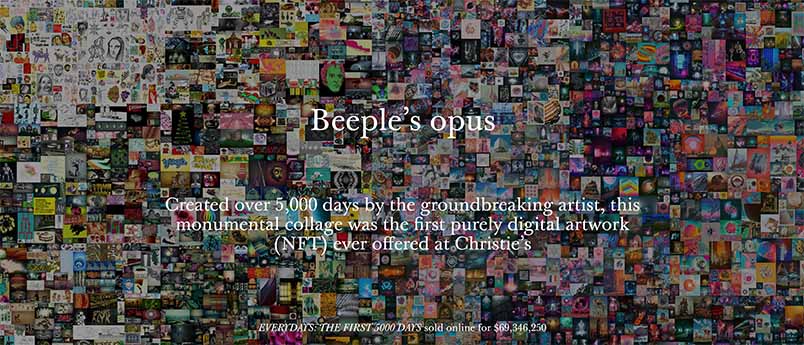
Leveraging NFTs for Marketing and PR
As NFTs grow their popularity worldwide, brands have also started to explore ways to incorporate NFTs in PR and marketing campaigns. Here are some excellent examples to inspire your next NFT campaign:
The Nike Dunk Genesis Cryptokicks, launched in April 2022 by Nike and RTFKT, is an NFT collection of 20,000 digital sneakers designed by contemporary artist Takashi Murakami. Each NFT includes a pair of basic sneakers and a skin; owners can change the look of their virtual trainers by purchasing additional rare “skins” on OpenSea. The brand also created Nikeland on Roblox, providing a metaverse for millions of visitors to wear their virtual Nike gears, play sports with friends, and earn exclusive virtual items as rewards.
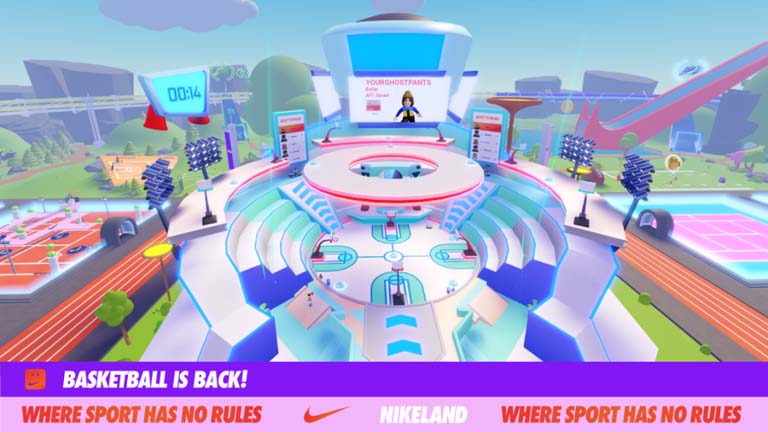
Nike is not alone on the frontline of Web3. Its rival Adidas partnered with the Bored Ape Yacht Club. It released the Into The Metaverse collection of 30,000 NFTs, granting each owner exclusive access to virtual and physical clothing drops. Luxury brands like Dolce & Gabbana (D&G) implemented similar tactics. In D&G’s first NFT drop, the Collezione Genesi (Genesis Collection), buyers gained different levels of exclusive brand content and insider access.
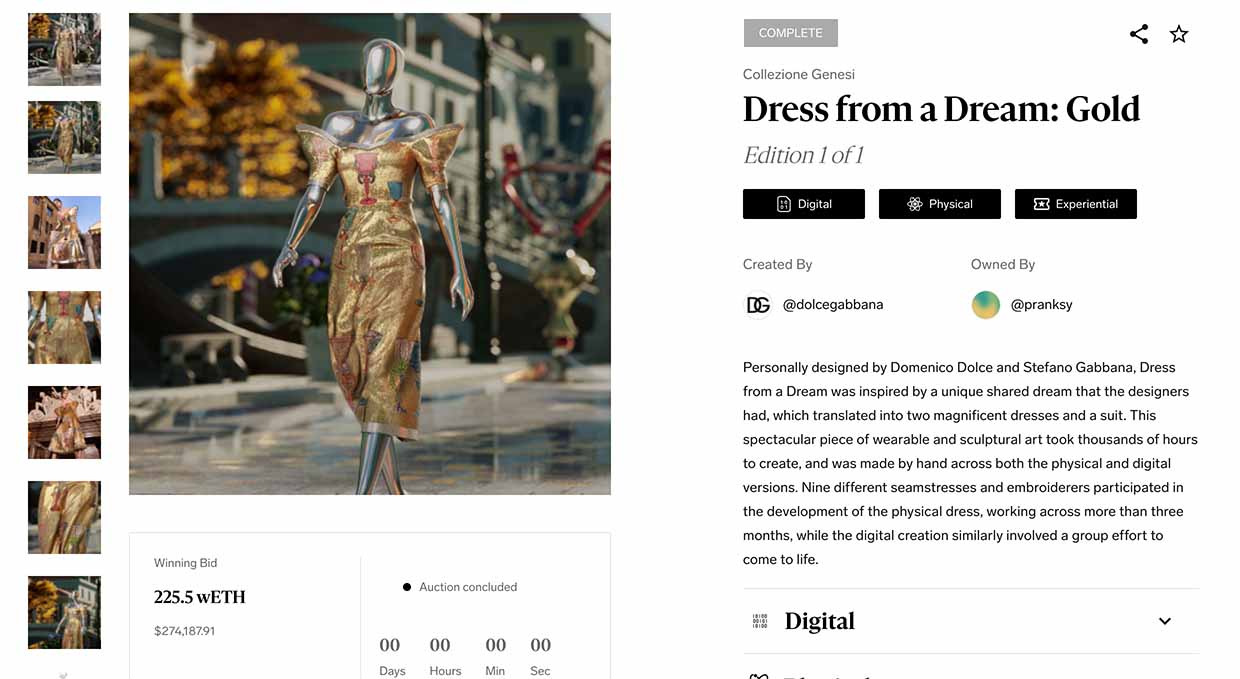
Another traditional-digital fusion worth mentioning is Macy’s Thanksgiving Parade NFTs, inspired by the most iconic balloons in the history of the famous parade. The NFTs came with six traits that defined the rarity of each collectible – sky, building, balloon, street, kid, and a rare special trait. Adding some more warmth to the season of giving, Macy’s also gave 10% of every NFT Market sale to Make-A-Wish, a nonprofit organization dedicated to supporting children diagnosed with critical illnesses.
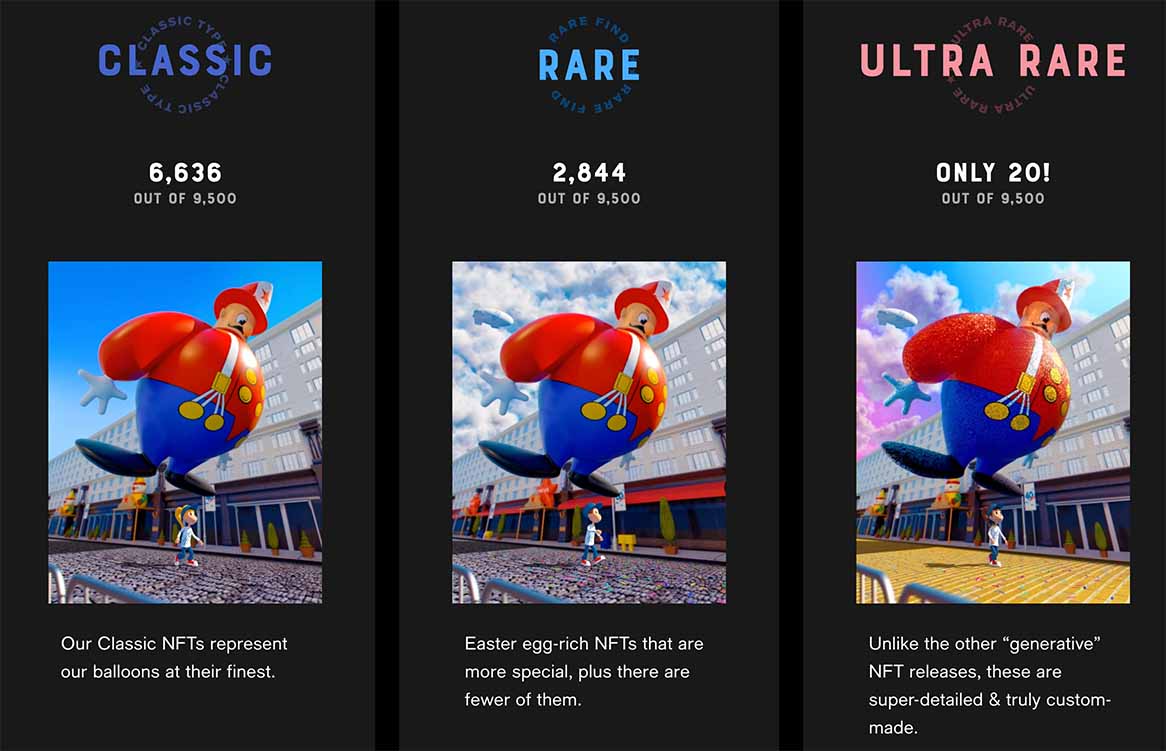
Are NFTs Good for Any Campaign?
NFTs are great for campaigns in many ways. They’re easy to store and deliver, highly customizable, and can be integrated as part of a product or service. In addition, they’re friendly for both big and small companies, as the cost for NFT creation can be flexible based on the tokens’ specific features and platforms used. More importantly, the community-focused nature of NFTs provides an excellent way for brands to connect with their customers.
Despite the impressive features mentioned above, marketers, especially those working for smaller businesses, must also know that NFTs are not always a great solution to any campaign. Make sure you have evaluated and addressed the following, before releasing or “dropping” anything on the blockchain:
• First, think of your target audiences. It’s quite challenging for those unfamiliar with the crypto world to truly accept or use NFTs. The learning curve can be steep without proper guidance, which may push people away.
• Second, consider the value of the NFTs you’re going to offer. While NFTs are unique, that does not guarantee audiences will care about them. Just like physical collectibles, they are only valuable when carefully designed and distributed, typically with certain traits.
• Finally, remember the focus of your campaign. The eye-catching NFTs should not distract people from the key messages you aim to communicate – these tokens should remind people of your brand and establish an impressive link to either its values or offerings.
Recommendations and Examples
Let’s begin with the rule of thumb, which is to treat your NFTs seriously. Collaborating with famous designers is not a must, but adding love to your tokens is. Even with a small budget, there are many things you can do with the NFTs – such as engraving a note from the founders, setting up a space for the future owner to put in additional creativity, or linking some exclusive perks to each of them. Customers always know it when you’ve put work in the swag, which helps build loyalty.
The second good practice is simplifying the redemption process as much as possible. While smaller businesses may not have the resources to create an entire metaverse to host NFTs, providing some simple FAQs on the campaign site is highly recommended. See below for an example (source: Macy’s):
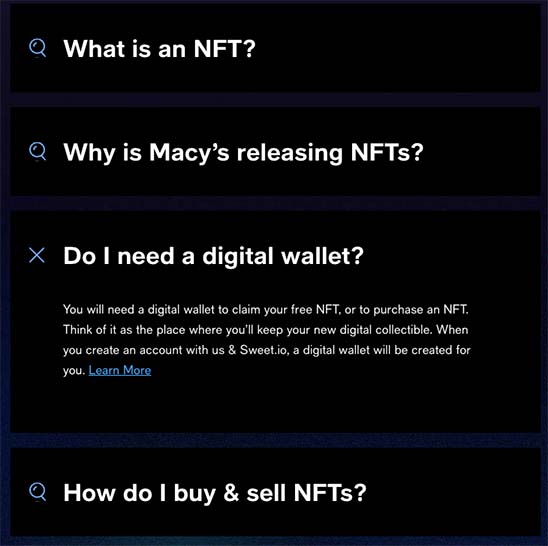
Third, try to encourage the NFT owners to showcase their assets. Again, there are multiple ways to do so. Established brands may have platforms with many fancy features (think of Meta). It’s also common to see brands setting up dedicated pages on third-party platforms, like Nikeland on Roblox and Disney’s drop of Golden Moments on VeVe.
If you’re on a much smaller budget, don’t be intimidated by these large-scale campaigns. There are many marketplaces where you can set up a dedicated page and allow NFT owners to list their collectibles. Supported with some branded graphics, a decent showcase page will also function well enough to impress your community.
Embracing Web3
Web3 is here, yet the essential things in PR and marketing stay the same – understanding your audiences, putting details into work, and keeping the messages consistent. As a result, NFTs may add buzz to campaigns, while the love and values they convey stay longer.
And believe it or not, true professionalism is just like tokens on the blockchain – it’s tamper-proof. No one can take it away.






